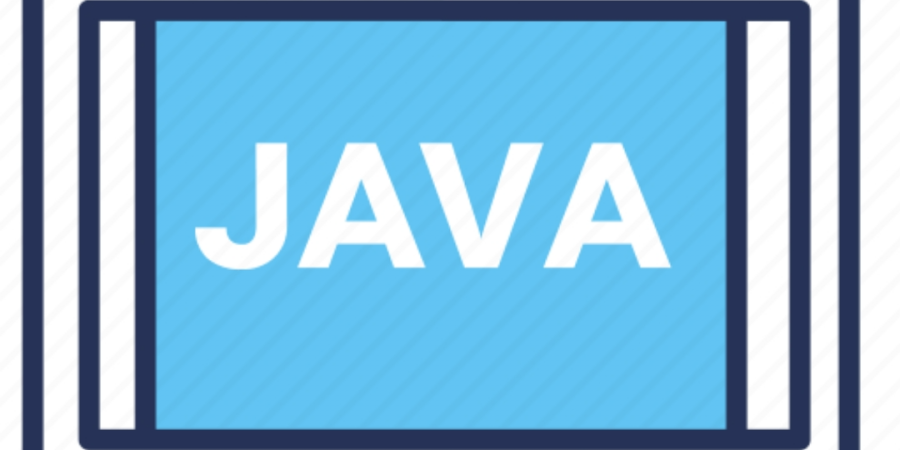

On billions of devices throughout the world, Java is a multiplatform, object-oriented programming language. It fuels a variety of well-known programs, mobile operating systems, and enterprise software. Java is currently the most widely used programming language among app developers, despite having been created more than 20 years ago.
These characteristics characterize the Java programming language and explain why it is so widely used. Java is a:
Multiplatform: The tagline "write once, run anywhere" (or WORA) was used to market Java, and it is still applicable today. Java programming code can be easily moved from one platform, such as the Windows operating system, to another, such as a mobile phone OS, and vice versa without needing to be entirely redone. Because a Java application is compiled into a.class bytecode file that can run on any operating system that has the Java virtual machine (JVM) installed on it, Java is compatible with a variety of platforms. It used to be difficult to install JVM on the majority of popular operating systems, including iOS.
Object-oriented: Java was among the first computer languages to be object-oriented. Instead of functions and commands, an object-oriented programming language structures its code around classes and objects. The majority of contemporary programming languages, including Python, Ruby, C++, and C#, are object-oriented.
Because of its versatility and relative simplicity, Java is a programming language that is very well-liked by software and technology companies. Knowing how to write Java is a useful ability if you're interested in a career in coding or computer programming.
When was Java created?
James Gosling created Java in 1995 while he was employed at Sun Microsystems. Although it gained popularity rapidly after its debut, Java wasn't always the powerful programming language it is now.
Sun Microsystems started working on what would eventually become Java in 1991. The project, which was first known as Oak, was intended for interactive television. The project was renamed Java after a type of Indonesian coffee after Gosling and his colleagues decided that Oak was too sophisticated for the digital cable technology that was available at the time. As more devices were networked, Gosling saw Java as an opportunity to solve issues he predicted would arise for less portable programming languages.
Java was created with syntax that is reminiscent of the C++ programming language so that when programmers begin using it, they are already comfortable with it. The underlying idea behind the phrase "write once, run anywhere" was that a programmer could create Java code for one platform and have it execute on any other platform that had a Java interpreter (also known as a Java virtual machine) installed. In the middle of the 1990s, as the internet started to take off and new electronic gadgets started to proliferate, Java quickly gained popularity among programmers as a programming language that was genuinely cross-platform.
Java 1.0, the initial release for the general public, was made available in 1996. It has 2.5 million developers worldwide in just five years. The Android mobile operating system and enterpris software applications are both powered by Java today.
What is the Java programming language used for?
Java is a very versatile programming language that is utilized on a variety of platforms and gadgets, including smart TVs and smartphones. It is employed in the development of a variety of applications, including big data, distributed, cloud-based, gaming, enterprise software, and Internet of Things (IoT) devices. Here are a few concrete, real-world instances of Java-written programs.
Mobile Applications
Java is used to create the majority, if not all, of mobile applications. Because of its versatile platform and stability, Java is a favorite language among those who create mobile applications. Spotify, Signal, and Cash App are a few well-known mobile applications created in Java.
Web Applications
Java is used to create a wide range of online applications.
Business Software
Enterprise software is designed to support a sizable organization or group. It consists commercial applications like supply chain management software and billing systems. Java is a popular language for programmers creating enterprise applications because of its excellent scalability.
Games
RuneScape and the first version of Minecraft are two popular games created in the Java programming language.
IoT Applications
Many Internet of Things (IoT) apps are written in Java and may be found everywhere, including smart TVs, automobiles, industrial machines, and more. Because its code can be moved between platforms so readily, Java is a popular choice for IoT developers.
